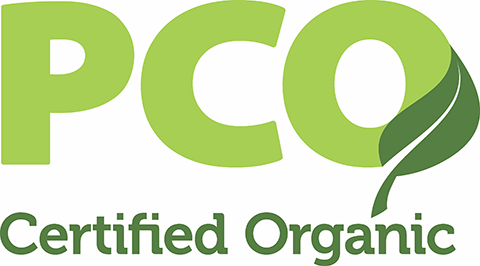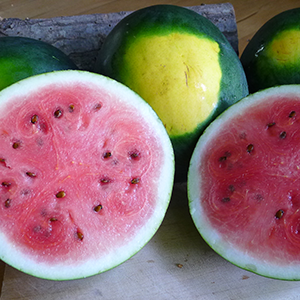
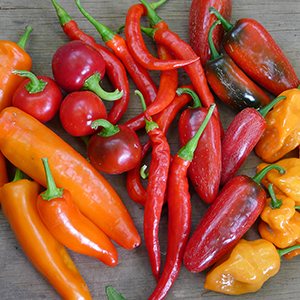
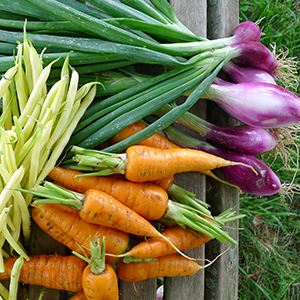
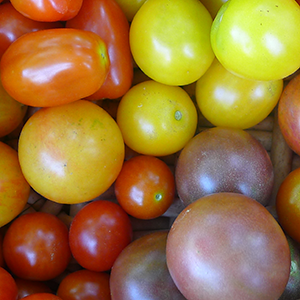
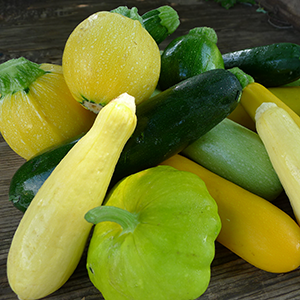
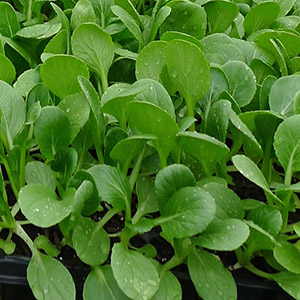



News and Notes | The Anchor Run Blog
Displaying a Single Post |
Show Recent Posts
September 2, 2024
Giving Back
by Farmer Derek
Giving Back
by Farmer Derek

Home to strawberries and peas earlier this season, now smothered in a soil-improving pollinator-loving ecosystem-enhancing cover crop mix of sunflowers, sunn hemp, buckwheat, and oats.
August has come to a quiet close. Wonderful weather is forecast to begin September. Where's all the rain though? The drought continues. We did receive 4.8" of rain in August, which sounds quite unbelievable. An extremely disproportionate amount fell in the span of a week, 4.3" in fact. So the total does feel misleading. Perhaps that moisture was slurped up and enjoyed at the time, but we could definitely use a bit more rain soon. Speaking of that week's wallop, whatever cover crops were growing at the time sure did take that water and make the most of it, quintupling in size, profusely flowering, now abuzz with pollinators. The magic below ground is probably even more impressive.
Now that our footprint is shrinking as land is being transferred from crops to fallow, it's a bit easier to manage the flow of water to irrigate the crops. One challenge, however, is a timely pushing of the pause button on that schedule to get in there with cultivating equipment to take out any germinated weeds while they're very small. Also, it being summer still, any weeds nestled right next to the crops that the hoes miss will enjoy the scheduled drinks of water as well and grow fast. They'll try to outcompete the wanted plants and it's our job to not let them become too much of a problem. Airflow and access to nutrients and sunlight would be the main issues. It's not really possible for us to completely remove the pressures of weeds but to instead find the maximum threshold our plants will tolerate. Ideally hoeing is all we'll need to do, but hand-weeding is obviously still used a lot on a small organic farm.

Skipper butterflies enjoy a sunflower pollen and/or nectar snack.

POSTS BY TYPE
POSTS BY MONTH

